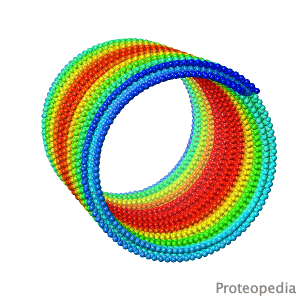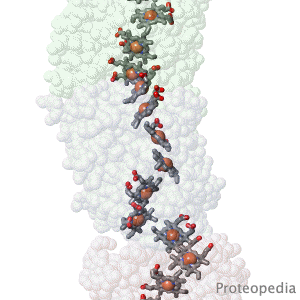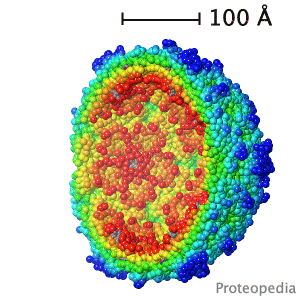Main Page
|
ISSN 2310-6301
As life is more than 2D, Proteopedia helps to bridge the gap between 3D structure & function of biomacromolecules Proteopedia presents this information in a user-friendly way as a collaborative & free 3D-encyclopedia of proteins & other biomolecules. | ||||||||
|
Selected Research Pages
|
In Journals
|
Education |
||||||
|
|
||||||||
| ||||||||


